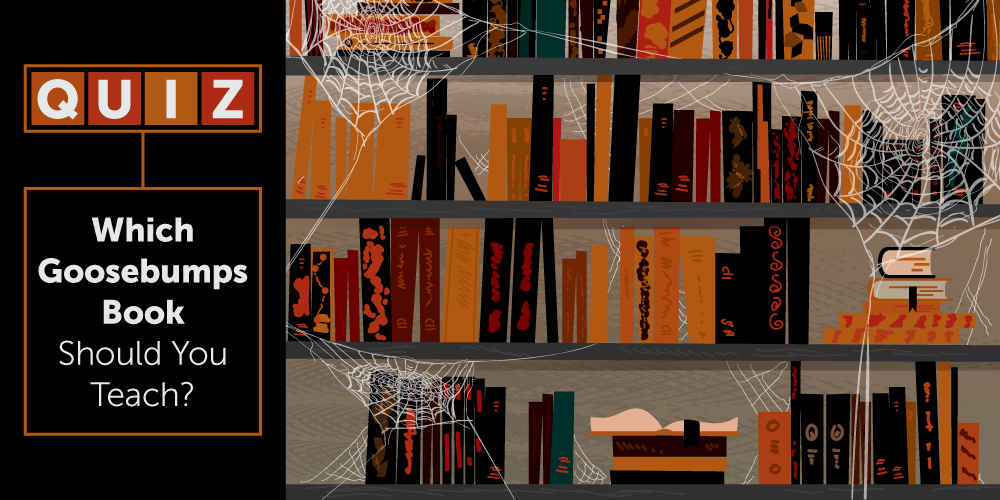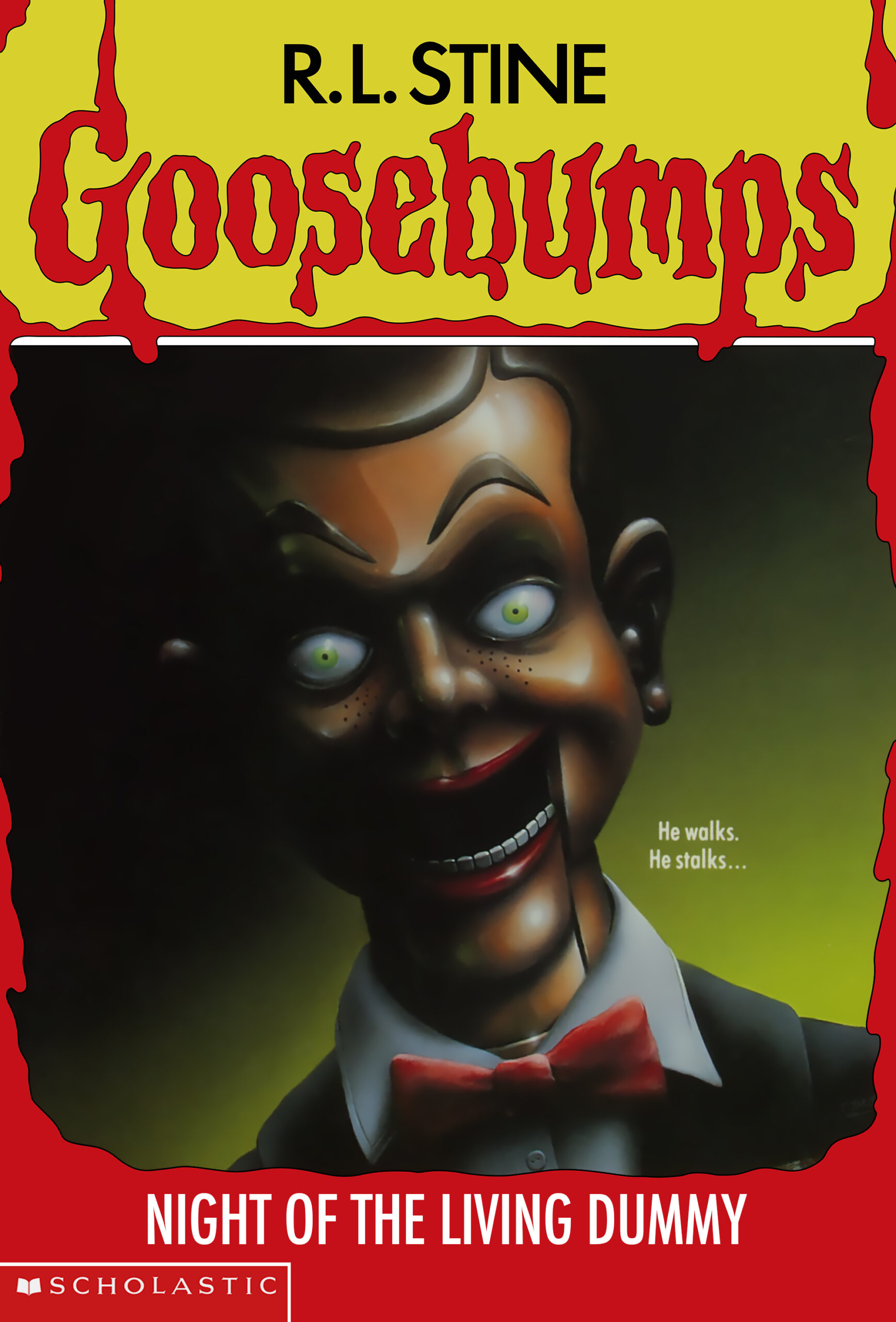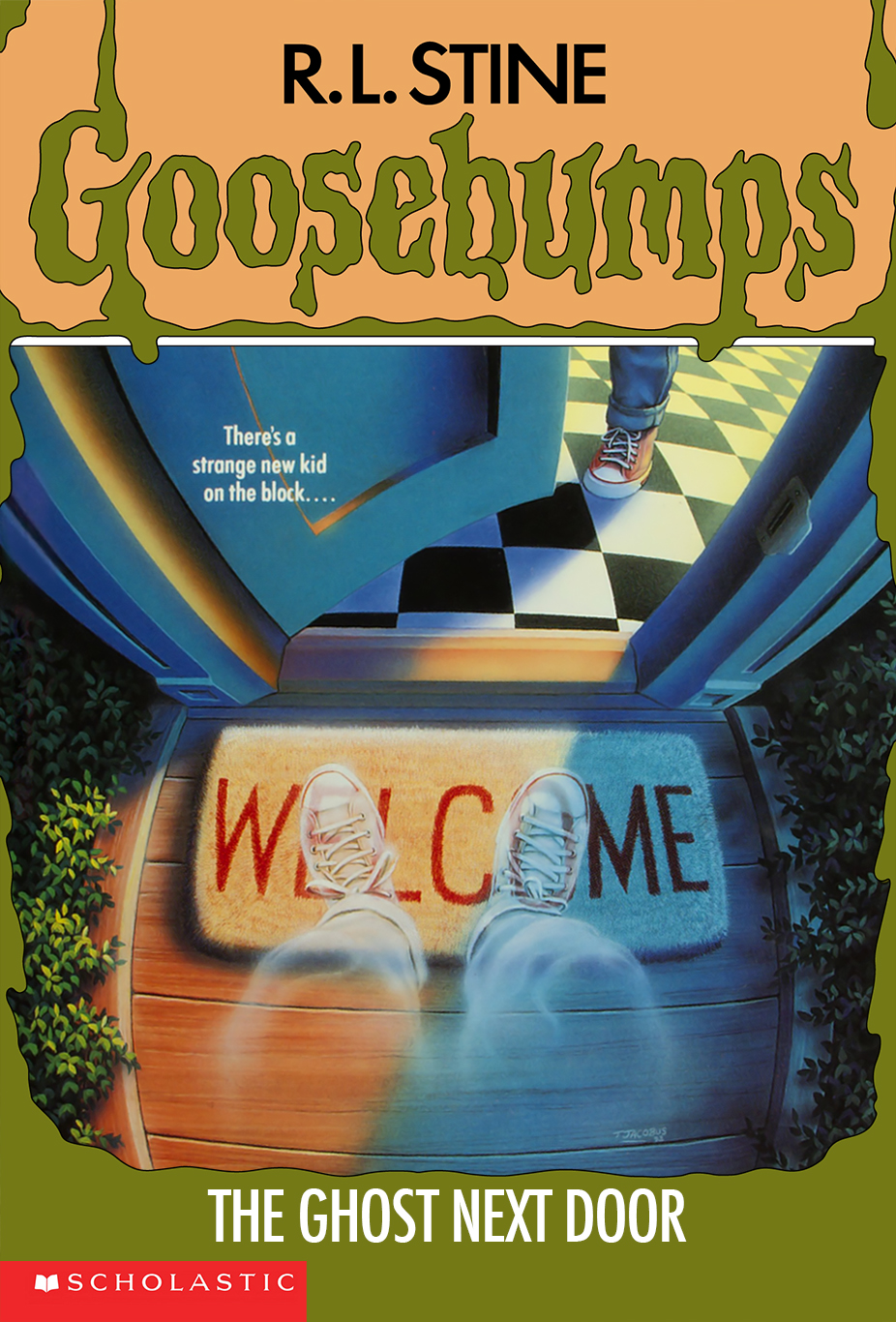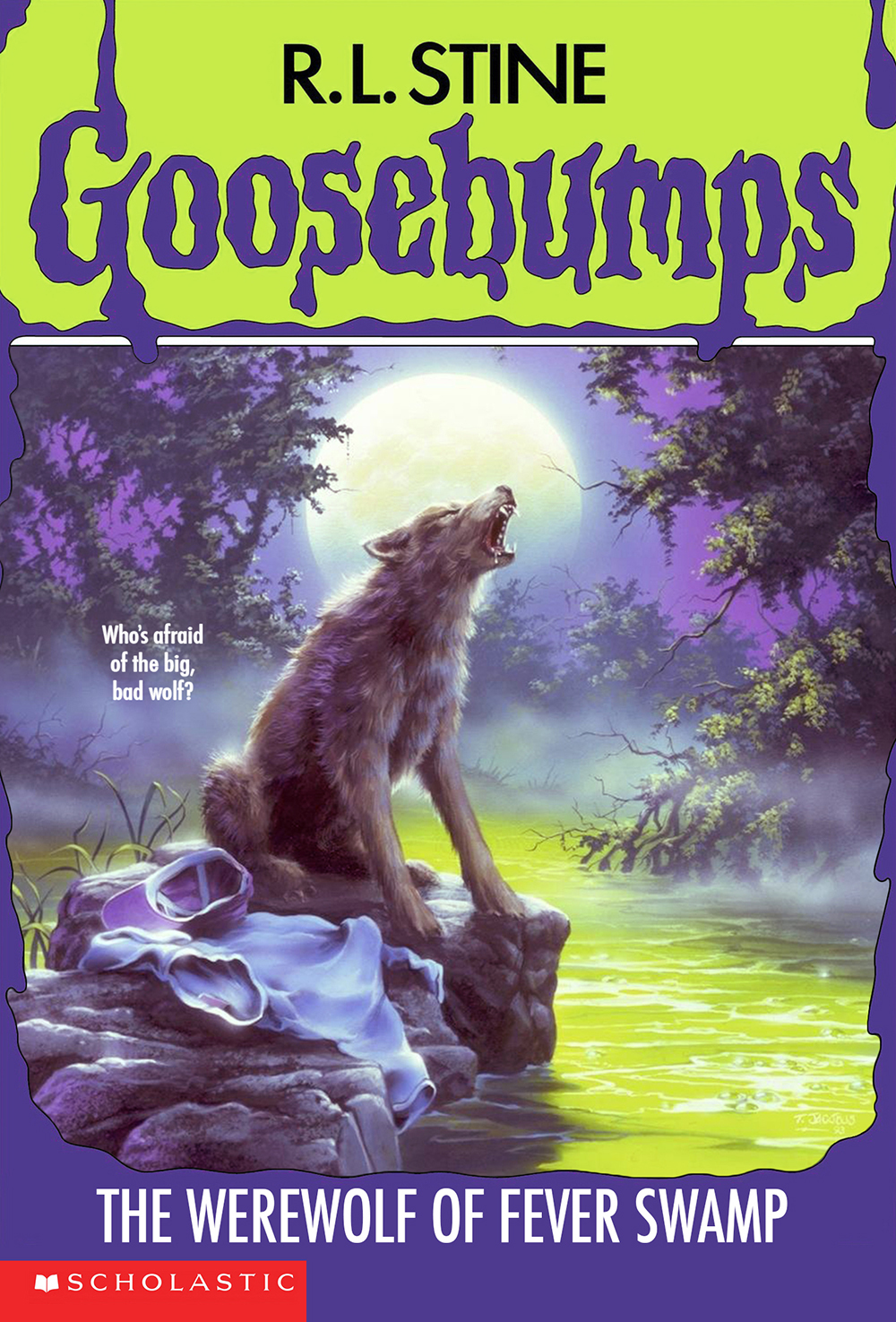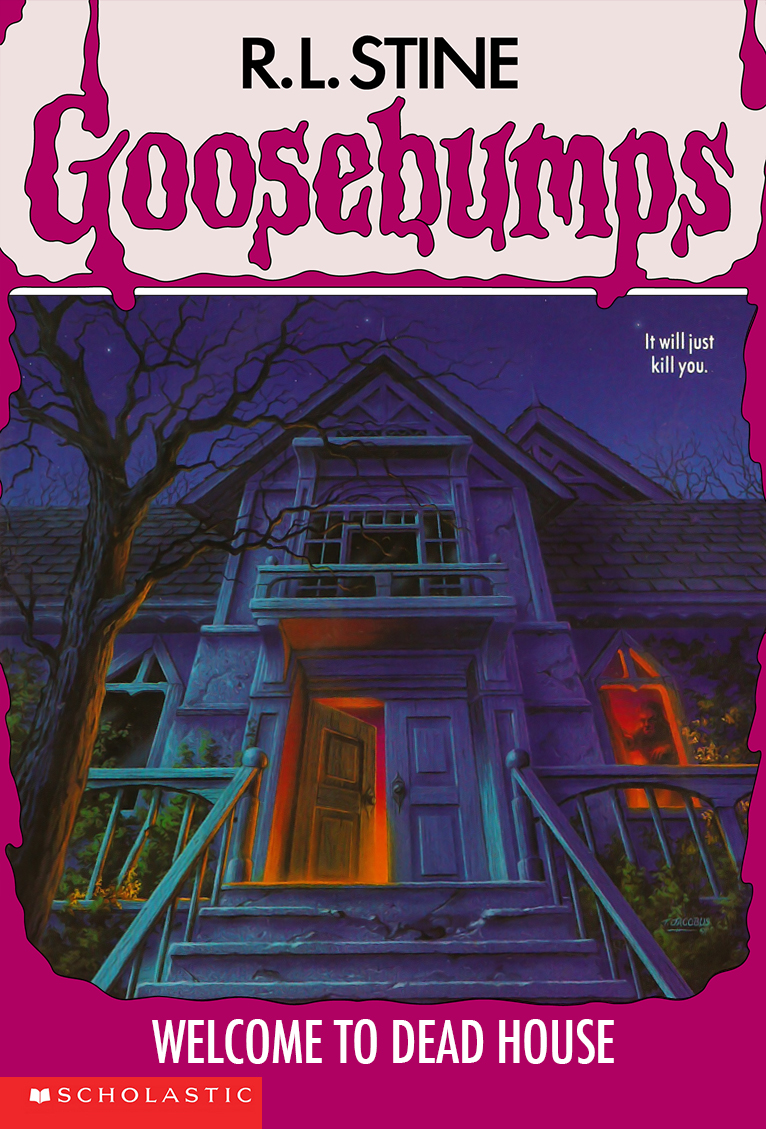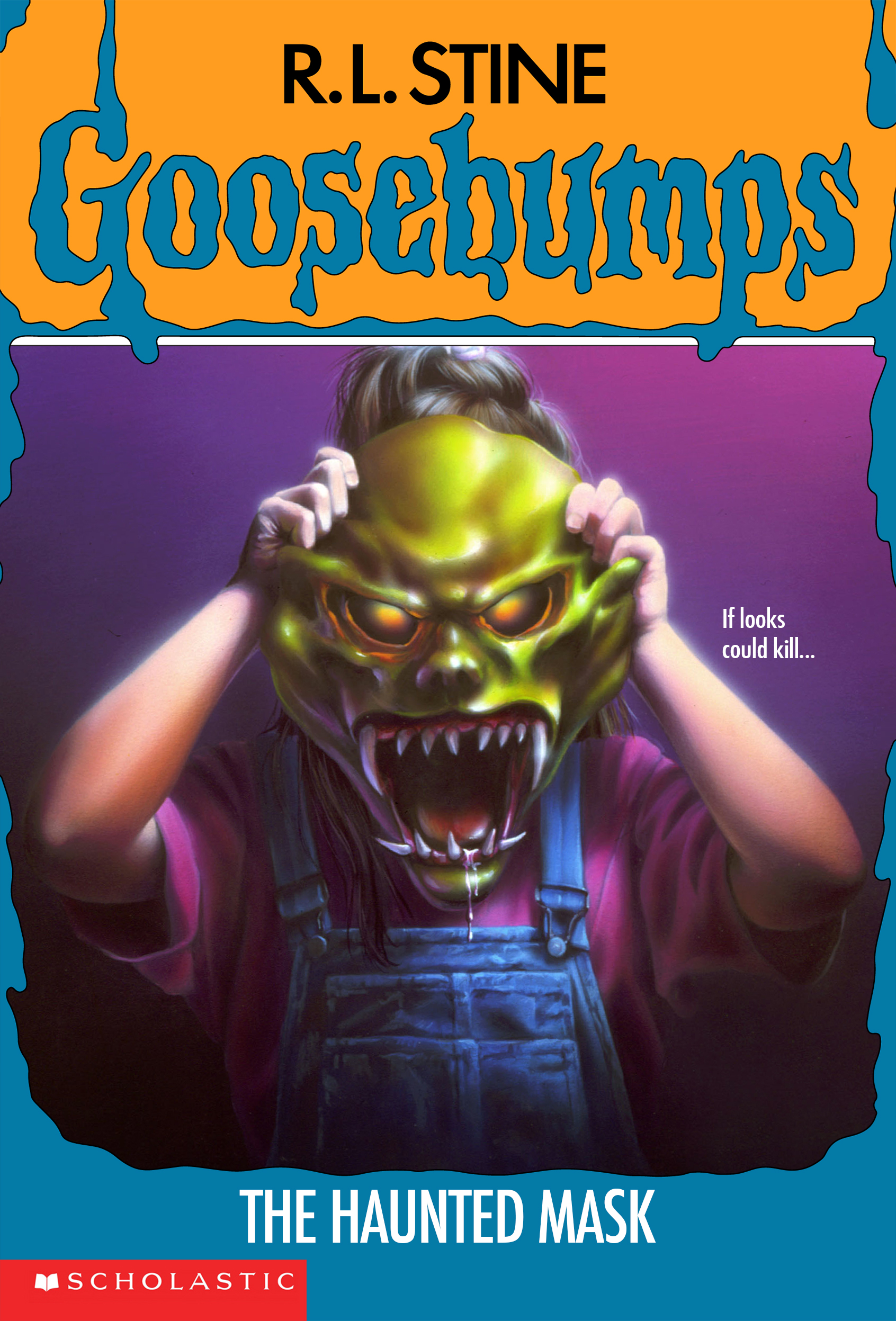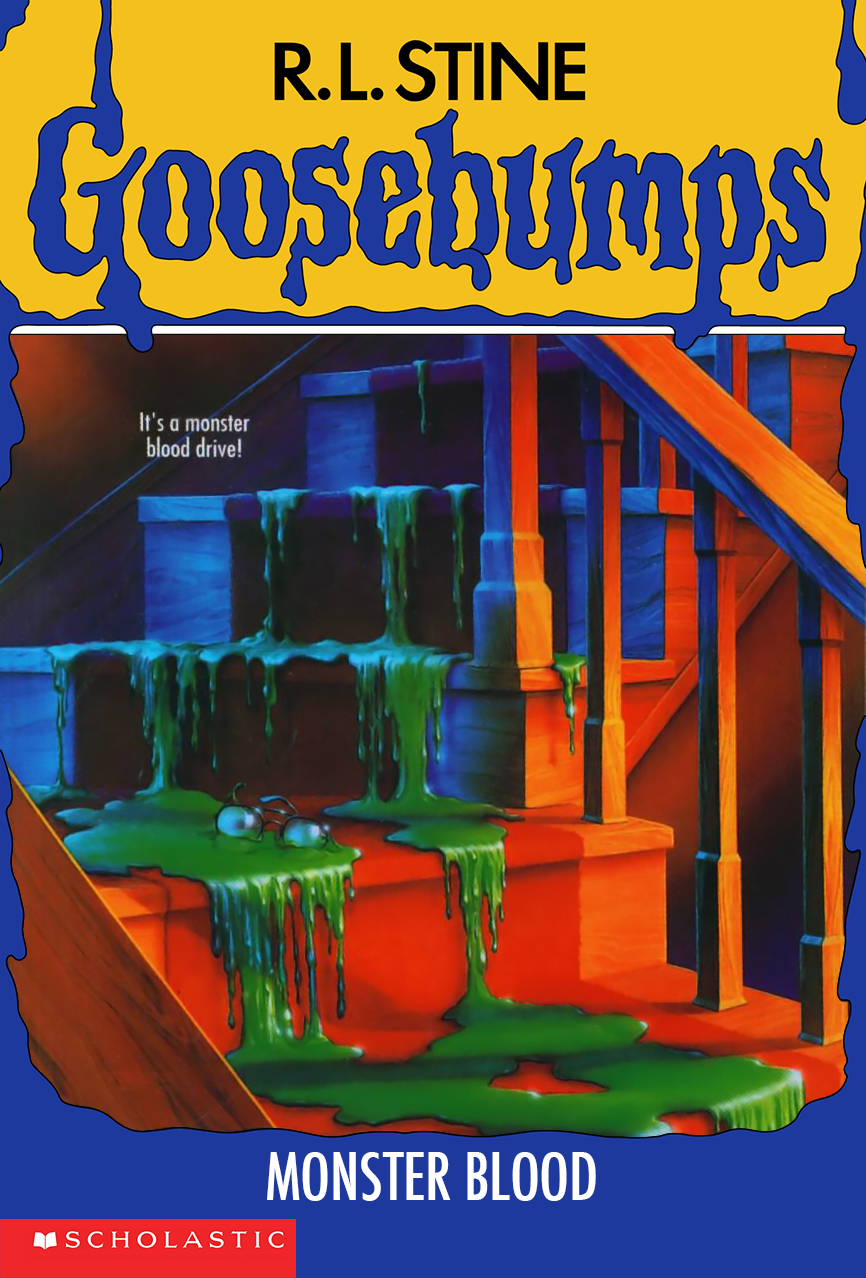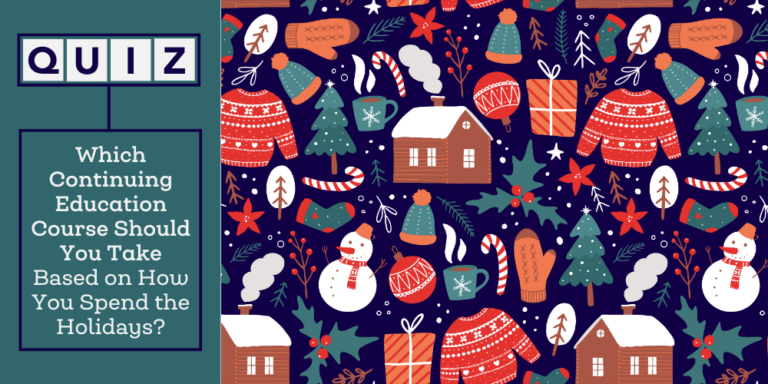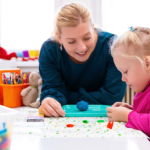We love Goosebumps. Really, who doesn’t? After all, you have to admire an author who touts the fact that he scares kids for a living. It’s true that R. L. Stine’s books create bloodcurdling chills for young readers, but the spookiness delivers only a fraction of the ELA benefits.
To get specific, these pages contain crucial life lessons that help students avoid hasty generalizations, show kindness to those who struggle, and work well together despite personality clashes. And there you have it: social–emotional learning all wrapped up with a pretty bow.
Reading the books and completing Goosebumps’ classroom activities means your kids get to spend time enhancing their literacy and citizenship in equal measure. While the series checks ELA and SEL boxes, the question remains: Which Goosebumps book should you teach? Take our quiz to find out.
You reward your class with a movie. Which title do you select?
In terms of social–emotional learning, your class struggles most with…
Which horror subgenre would resonate best with your students?
Choose a style of dress.
Which non-Goosebump series do you and/or your students like most?
Out of this selection, which grownup horror movie(s) do you like best?
You see a shelf with these authors on it. Whose book do you grab?
Night of the Living Dummy
Your students will learn a valuable lesson in reading this book. Competition is healthy, but only if everyone involved is learning, growing, and having fun. Teachers can use this story to highlight the importance of working together.
The Ghost Next Door
In what is most likely Stine’s most emotionally resonant story, students will understand how and why authors create twist endings. (The last chapter is a doozy, for sure.) Teachers can use this book as a lesson that not everything is as it appears on the surface. In life, you have to look deeper.
The Werewolf of Fever Swamp
Your students will learn the importance of gathering facts before making rash decisions. In this day and age, when we spend so much time sifting truth from misinformation, this is a vital skill set.
Welcome to Dead House
In the classroom, kids must work together most every day. The thing is, some relationships are easier than others—which is a fact of life that persists through adulthood. The book focuses on this lesson, which you can leverage to improve the interpersonal relationships in your classroom.
The Haunted Mask
The book is about the perils of fitting in—something most every child struggles with from time to time. As a teacher, you can use the story to discuss how important individuality is. Children need to express themselves and let their personalities shine through, despite what the latest trends deem hip.
Monster Blood
The book is fun, of course, but it also provides a loose metaphor about the importance of knowing what you put in your body. In this regard, this is one of the few children’s novels you can tie into health and physical education curriculum.
